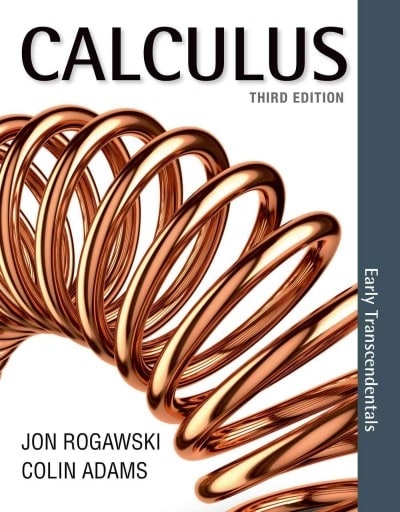PLEASE HELP ME WITH THIS. PLEASE PLEASE PLEASE. THANKS A LOT!
Page 1 > of 3 Psychology 210: Elementary Statistics One-Way Analysis of Variance SPSS Lab Lab Objectives: Participate in a modified experimental replication of the levels of processing study by Craik & Lockhart (1972) Understand within-subjects research design Conduct a one-way Analysis of Variance with Post-Hoc test using SPSS Write up results in APA style 1) Craik and Lockhart (1972) proposed a model of memory that the degree to which verbal material is remembered by the participant is a function of the degree to which it was processed when it was initially presented. For example, imagine that you are asked to memorize a list of words. Repeating a word to yourself (a low level of processing) would not be expected to lead to as good recall as thinking about each word and trying to form associations between that word and some other word. Eysenck (1974) was interested in testing this model and looking to see whether "levels of processing" influence ability to recall verbal material. Fifty participants were randomly assigned to one of five groups: Counting: asked to read through a list of words and simply colint the number of letters in each word (low level of processing) Rhyming: read each word and thinking of a corresponding rhyming word Adjective: read each word and think of a corresponding adjective Imagery: form vivid images of each word (deep level of processing) Intentional: read list of words and memorize (strategy is left open to vary) After reading through the list of words 3 times and applying one of the above strategies depending on condition, all participants were asked to write down all the words they could remember. Enter the following data into SPSS: G = Counting Rhyming Adjective Imagery Intentional 9 7 11 12 10 EX2 = 8 9 13 11 19 6 6 8 16 14 N = 8 6 6 11 5 10 6 14 9 10 4 11 11 23 11 6 6 13 12 14 UT 3 13 10 15 7 8 10 19 11 7 7 11 11 11 T n M SS SD MacBook AirPage 2 Descriptives Recall 95% Confidence Interval for Std. Mean Mean Deviation Std. Error Lower Bound Upper Bound Minimum Maximum Counting 10 7.0000 1.82574 .57735 5.6939 8.3061 4.00 10.00 Rhyming 10 6.9000 2.13177 .67412 5.3750 8.4250 3.00 11.00 Adjective 10 11.0000 2.49444 78881 9.2156 12.7844 6.00 14.00 Imagery 10 13.4000 4.50185 1.42361 10.1796 16.6204 9.00 23.00 Intentional 10 12.0000 3.74166 1.18322 9.3234 14.6766 5.00 19.00 Total 50 10.0600 4.00719 .56670 8.9212 11.1988 3.00 23.00 ANOVA Recall Sum of Squares df Mean Square Sig. Between Groups 351.520 87.880 9.085 .000 Within Groups 435.300 45 9.673 Total 786.820 49 a) Using the output above, are there significant differences in the levels of processing groups? Write up the results in APA style. b) Calculate Tukey's HSD by hand and determine which means are significantly different from each other. c) Calculate the effect size for groups that have a significant difference using eta-squared. Explain what this means. Your APA write-up should look something like this, with all of the parts of the ANOVA (hypothesis test, effect size, and post-hoc analysis) in it: "Using a between-subjects one-way ANOVA, the number of words recalled varied significantly by the levels of processing used, F ( , ) = _ p <.05 n post hoc analyses using tukey hsd comparison revealed that those who used sd=")" and recalled significantly less words than there were no significant differences among these latter groups.>








